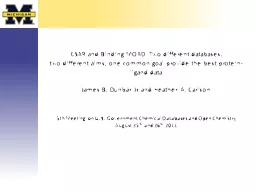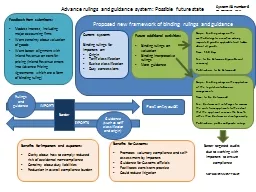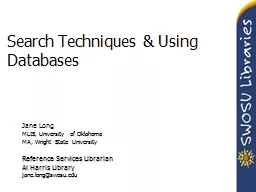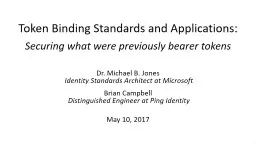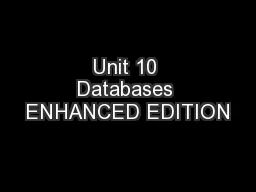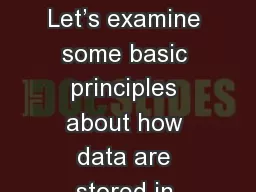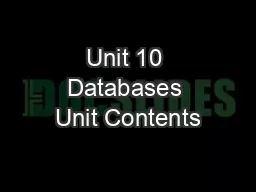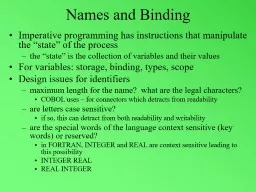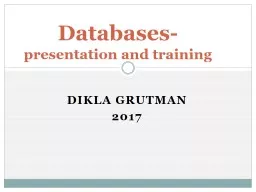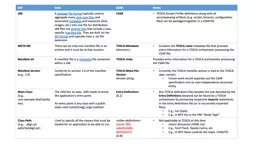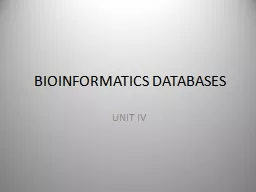PPT-CSAR and Binding MOAD: Two different databases,
Author : sherrill-nordquist | Published Date : 2018-11-03
two different aims one common goal provide the best proteinligand data James B Dunbar Jr and Heather A Carlson 5th Meeting on US Government Chemical Databases
Presentation Embed Code
Download Presentation
Download Presentation The PPT/PDF document "CSAR and Binding MOAD: Two different da..." is the property of its rightful owner. Permission is granted to download and print the materials on this website for personal, non-commercial use only, and to display it on your personal computer provided you do not modify the materials and that you retain all copyright notices contained in the materials. By downloading content from our website, you accept the terms of this agreement.
CSAR and Binding MOAD: Two different databases,: Transcript
Download Rules Of Document
"CSAR and Binding MOAD: Two different databases,"The content belongs to its owner. You may download and print it for personal use, without modification, and keep all copyright notices. By downloading, you agree to these terms.
Related Documents

